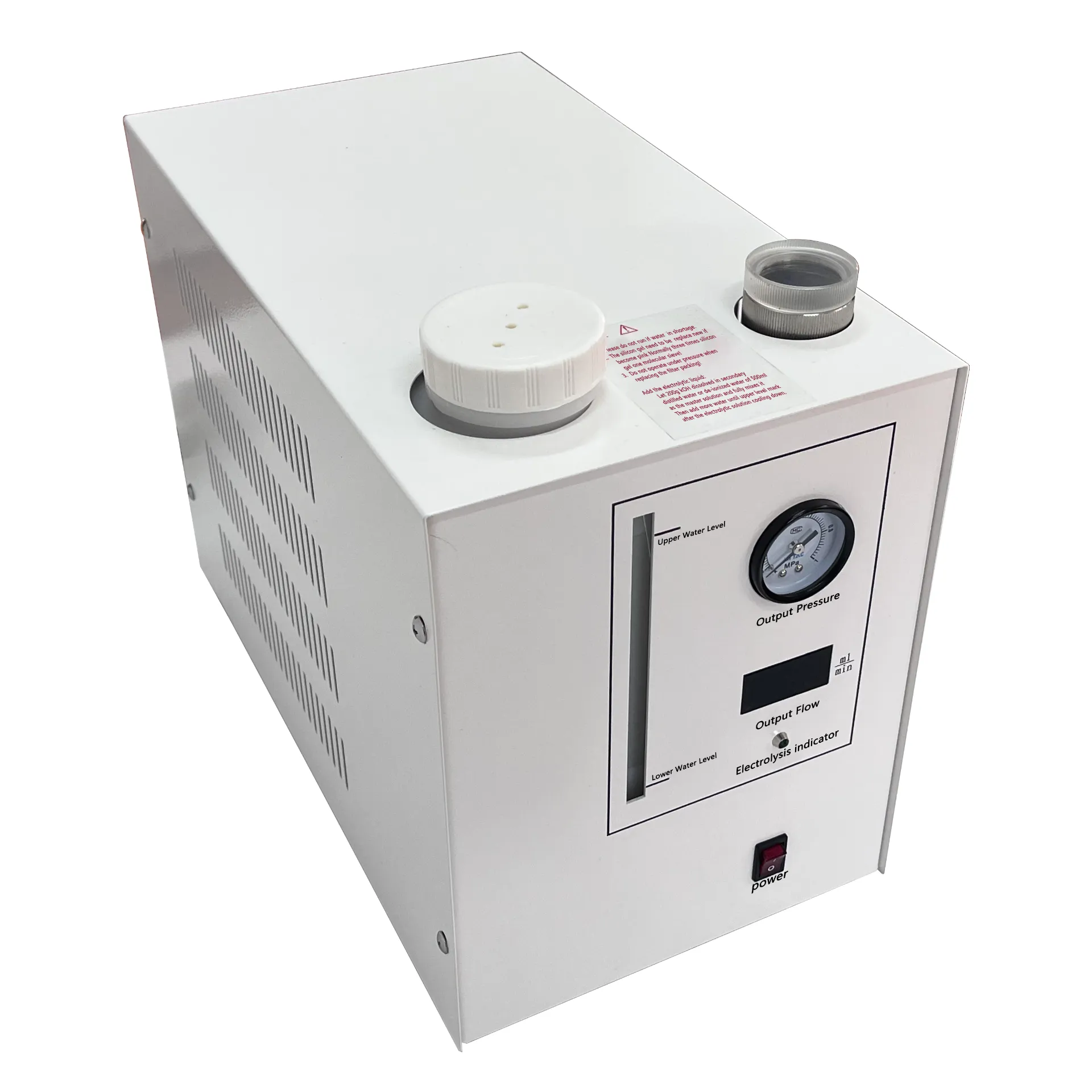 English
English


Understanding the Functionality and Applications of Alternating Current AC Generators in Modern Technology
Understanding Alternating Current (AC) Generators
An alternating current (AC) generator, also known as an alternator, is a crucial device in the modern electrical landscape. Its primary function is to convert mechanical energy into electrical energy, producing alternating current. This article aims to delve into the working principle, components, and applications of AC generators.
Working Principle
The principle behind an AC generator is relatively straightforward and relies on electromagnetic induction, as described by Faraday's law. In essence, when a conductor moves through a magnetic field, an electromotive force (EMF) is induced in the conductor. In AC generators, this is achieved through the rotation of a coil within a magnetic field.
The basic design of an AC generator consists of a rotor (the rotating part) and a stator (the stationary part). The rotor can be composed of permanent magnets or electromagnets, while the stator typically contains coils of wire. When mechanical energy is supplied to the rotor, it begins to spin. As it does this, it causes the magnetic field around it to change relative to the stationary coils in the stator. This change induces an alternating voltage in the coils, resulting in the production of alternating current.
Components of an AC Generator
An AC generator consists of several essential components
1. Rotor The rotor is the rotating part of the generator. It can be designed using either permanent magnets or an electromagnet, and it can vary in construction depending on the generator's design type (synchronous or asynchronous).
alternating current ac generator

2. Stator The stator is the stationary part where the coils of wire are located. As the rotor spins, the magnetic field interacts with these coils, inducing an electric current.
3. Slip Rings and Brushes Slip rings are used in AC generators to connect the rotor to the external circuit. They allow the generated electricity to be conducted out of the generator while the rotor continues to spin. Brushes serve as contact points to transfer the current from slip rings to the external circuits.
4. Exciter For generators utilizing an electromagnet as the rotor, an exciter supply is necessary to energize the rotor and create the magnetic field. The exciter can be a small DC generator or a more complex electronic system.
Applications of AC Generators
AC generators have widespread applications across various sectors. The most common use of AC generators is in power plants, where they generate electricity for homes, industries, and businesses. They are crucial for converting mechanical energy, derived from systems like turbines (which can be powered by water, steam, or wind), into electrical energy.
Aside from power generation, AC generators are also employed in various industrial applications, such as electric motors, welding equipment, and portable power supplies. Their capability to produce high-quality electricity makes them ideal for sensitive electronic devices and systems.
Conclusion
In summary, alternating current generators are vital machines that play an essential role in generating electricity. Understanding their working principles, components, and applications helps appreciate their importance in our daily lives and the broader context of energy production and consumption. As technology progresses, AC generators will continue to evolve, enhancing their efficiency and sustainability in meeting the ever-growing demand for electricity. Whether used in large power plants or portable devices, AC generators remain a cornerstone of modern electrical engineering.
-
Differences between open cup flash point tester and closed cup flash point testerNewsOct.31,2024
-
The Reliable Load Tap ChangerNewsOct.23,2024
-
The Essential Guide to Hipot TestersNewsOct.23,2024
-
The Digital Insulation TesterNewsOct.23,2024
-
The Best Earth Loop Impedance Tester for SaleNewsOct.23,2024
-
Tan Delta Tester--The Essential Tool for Electrical Insulation TestingNewsOct.23,2024





